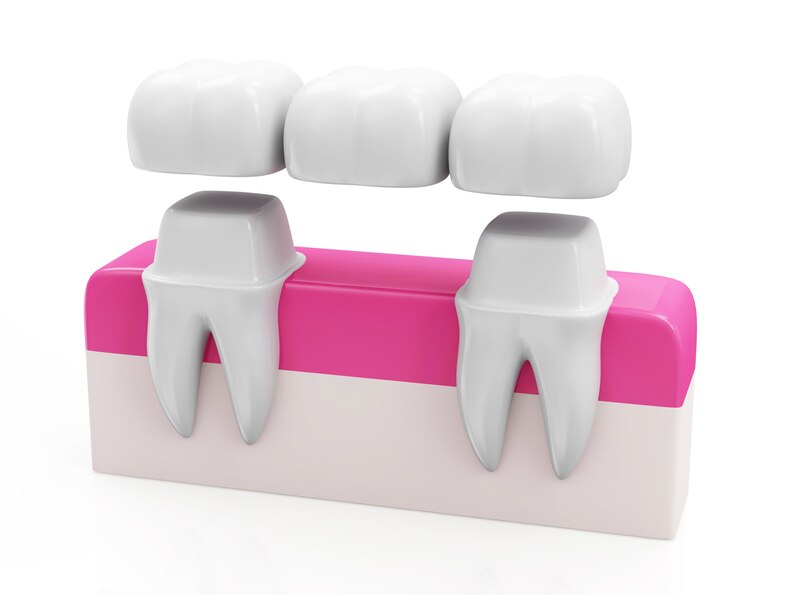Dental Bridges
Dental bridges are used to replace missing teeth and close gaps. This article answers common questions about dental bridges including what they are, how they work, why you may need one and how long they typically last.

Understanding Dental Bridges: A Comprehensive Guide
What are Dental Bridges?
Dental health is an essential aspect of overall well-being, and when it comes to restoring missing teeth, dental bridges have emerged as a popular and effective solution. In this comprehensive guide, we will delve into the world of dental bridges, exploring their types, benefits, placement process, care, costs, and alternatives. By the end of this article, you will have a thorough understanding of how dental bridges can transform your smile and oral health.
Types of Dental Bridges
Dental bridges come in different forms, but the two primary types are:
Fixed Dental Bridges
These are permanent and are bonded to adjacent teeth or dental implants. Fixed dental bridges offer stability and are an excellent option for replacing one or more missing teeth.
Removable Dental Bridges
These can be taken out for cleaning and are typically attached to the remaining teeth with metal clasps or precision attachments. Removable bridges are a more flexible option.
In our next section, we will explore the advantages and disadvantages of these two types.

Benefits of Dental Bridges
Dental bridges offer a range of benefits, including:
- Restoring Missing Teeth: Bridges fill the gaps left by missing teeth, improving your ability to chew and speak.
- Enhanced Smile Aesthetics: They restore the natural appearance of your smile, boosting self-confidence.
In the following section, we will discuss the dental bridge placement process, helping you understand what to expect during treatment.
Dental Bridge Placement Process
The process involves several steps, including:
- Initial Consultation: Your dentist will examine your oral health, discuss your options, and create a treatment plan.
- Tooth Preparation: If you are getting a fixed bridge, the adjacent teeth are prepared by removing a small amount of enamel to make room for the bridge.
- Impressions and Temporary Bridge: Your dentist will take impressions of your teeth, and you may receive a temporary bridge while the permanent one is being crafted.
- Final Bridge Placement: Once your custom bridge is ready, it will be securely bonded to your prepared teeth or dental implants.
Now, let’s explore how to care for your dental bridge to ensure its longevity.
Dental Bridge Care and Maintenance
Proper care is essential to maintain your dental bridge. This includes:
- Oral Hygiene Practices: Regular brushing, flossing, and using an antiseptic mouthwash will keep your bridge and surrounding teeth clean.
- Regular Dental Check-ups: Routine visits to your dentist are crucial to monitor the condition of your bridge and overall oral health.
Dental Bridge Costs
The cost of dental bridges depends on factors such as the type of bridge, materials used, and your location. Dental insurance may cover a portion of the cost, but it’s essential to check with your provider.
In our penultimate section, we will explore potential complications and risks associated with dental bridges.
Dental Bridge Complications and Risks
While dental bridges are generally safe, there can be potential issues, including:
- Tooth Sensitivity: Some individuals may experience increased sensitivity after getting a dental bridge.
- Bridge Failure: In rare cases, bridges may become loose or fall out.
Tooth Replacement Alternatives
If dental bridges aren’t the right choice for you, alternatives include dental implants and dentures. Each option has its advantages and considerations, so it’s essential to consult with your dentist to determine the best fit for your needs.